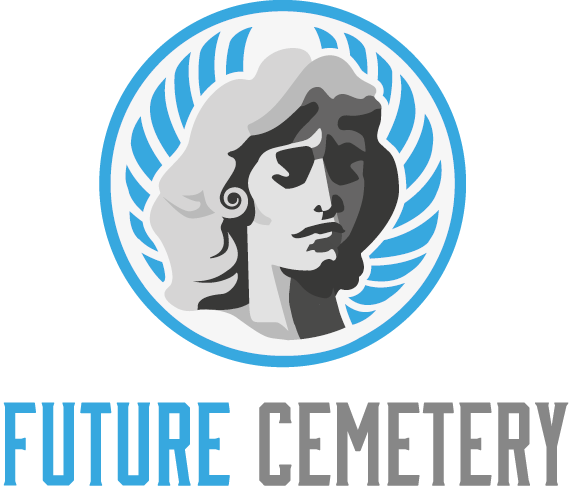Mortuary law is a specialized area of legal practice that covers the laws and regulations related to burials and cremations. It is essential for funeral service providers and families to understand these laws to ensure that their loved ones’ remains are treated with respect and dignity.
Many people have misconceptions about the mortuary industry. This article will break down what a mortuary is and dispel some common myths about this profession.
A morgue is a place where bodies are stored before burial or cremation.
Most adults have seen a morgue depicted in film or TV, but the reality is far more grim. Morgues are typically found in hospitals or medical centers and consist of refrigerated drawer-like compartments where bodies are stored until they can be identified, an autopsy performed, or funeral arrangements made.
Some people worry that they will be buried alive and therefore prefer to visit the morgue to see their loved ones one last time before their body is put to rest. However, this practice is not common and is discouraged by mortuary staff as it can lead to unnecessary stress for the family.
A person who dies is taken to the mortuary on a stretcher by trained professionals, usually from the hospital or their home. Then the body is moved to the funeral home for embalming and preparation before burial or cremation. It is often at this point that the person’s name is removed from the death certificate and a casket or urn is purchased.
If the person is being cremated, the remains are usually kept in a temporary container until an urn is purchased and then placed in the special cremation oven known as a retort. Some religions require that the person’s family be present to witness their incineration, so they may request a viewing window for this purpose. In some cases, a funeral home and the crematory are located in the same building or are connected by a tunnel. This is where the confusion arises, as mortuaries and crematoriums serve different functions. The only way to truly understand the differences is to visit both types of facilities and speak with the staff.
A mortuary is a place where bodies are stored before burial or cremation.
The term mortuary is most often used to describe a place where bodies are stored before burial or cremation. It can also refer to the business that operates the morgue, or to the process of embalming. Finally, it can also refer to the type of gravestone that is placed on a cemetery tomb.
A person who is accorded the honor of escorting a casket during a funeral service, similar to a pallbearer but does not physically carry the casket. This individual is sometimes called an honorary pallbearer.
In modern times, it is common for funeral homes to provide both burial and cremation services. This is often done in order to accommodate religious and cultural preferences. Many people also find that a combination of burial and cremation is more convenient than having to travel from one location to another to attend a funeral and memorial service.
Mortuary law is the area of law that covers the regulations on the transportation, handling, burial and entombment of dead humans. It is important to know what the laws are in your state before deciding which provider to use.
Some states require that all bodies be embalmed before they can be buried or cremated. Other states have no laws requiring embalming, and some providers may use traditional methods that involve the use of formaldehyde while others employ environmentally friendly “eco-embalming” techniques that do not use formaldehyde.
In case of a natural disaster or other catastrophe that causes a significant number of deaths in a short period, some jurisdictions have no permanent morgue capacity to handle the bodies. In this situation, government emergency preparedness procedures usually requisition public facilities that are spacious enough to act as temporary morgues until normal operating capacities can be restored. Similarly, some large ice rinks are able to function as temporary morgues in the event of an unavoidable disaster. The term morgue can also be applied to a refrigerated truck that is specially equipped to transport and store bodies temporarily.
